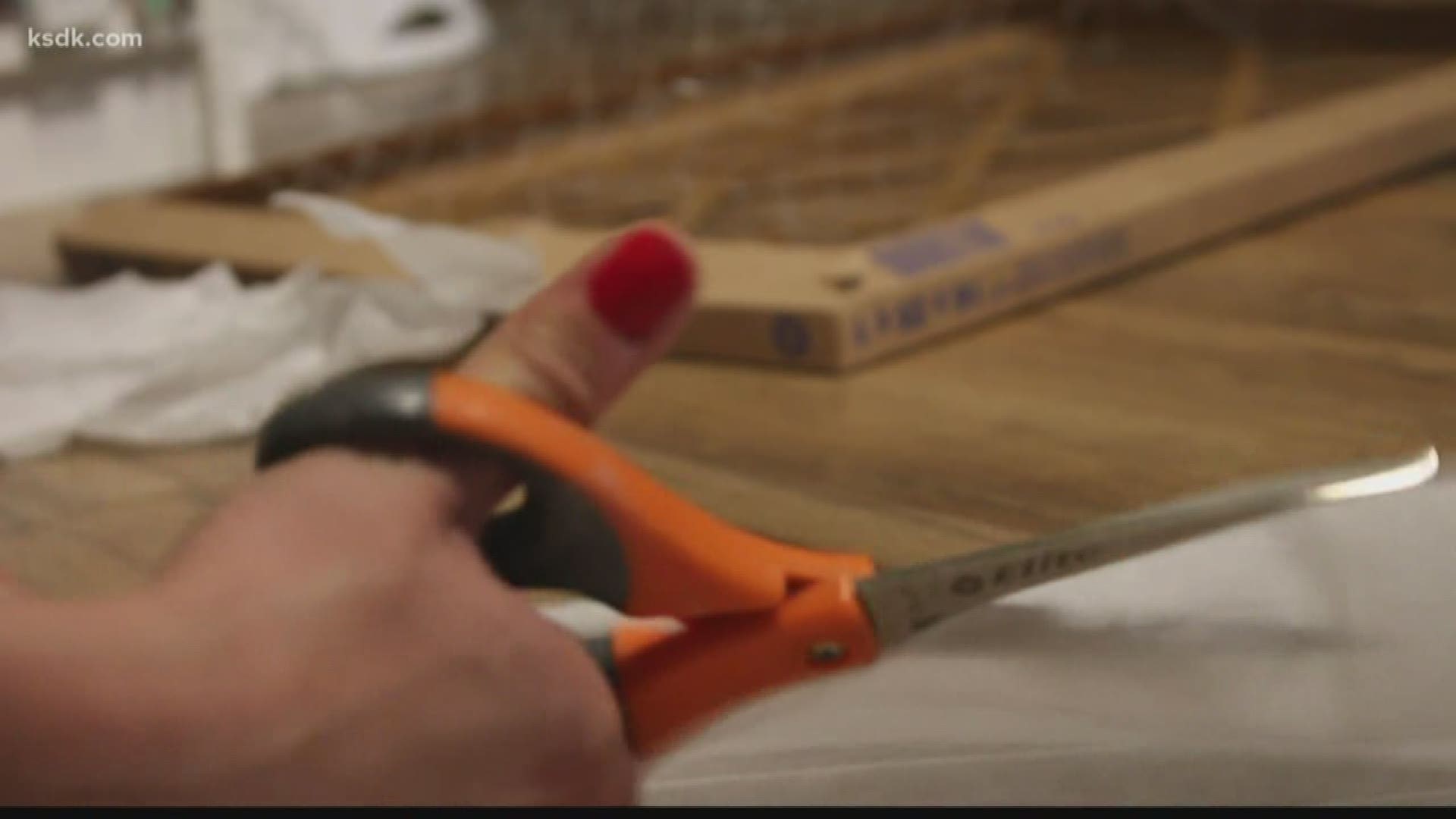ST. LOUIS — The CDC now recommends everyone wear a face covering while out in public to prevent the spread of the coronavirus, but with most professional masks reserved for hospitals and health care workers, what should you be wearing
The guidance is that "cloth face coverings fashioned from household items or made at home from common materials at low cost can be used as an additional, voluntary public health measure." That's why even the surgeon general has shared a tutorial on making a no-sew mask with some spare fabric and two rubber bands.
However, four layers of typical bandanna fabric only filter out about 20% of particles in the air, according to research by Missouri S&T Professor Yang Wang. That's far fewer than the medical-grade N95 masks.
That research also found that, whether you're sewing a mask or going stitch-free, you should use at least four layers of densely woven material. A 600-thread-count sheet filters out up to 60% of particles, they found, compared to the 40% of particles filtered by four layers of a 400-thread-count sheet.
Mask tutorials like the one from Kaiser Permanente recommend quilter's cotton, because it is durable yet breathable.
When in doubt over your fabric, do a "light test". The more light that comes through a fabric, the more particles will too.
If you want some added air filtration, use four to six layers of clean, quality furnace or vacuum filter material wrapped in a bandanna so you don't inhale its microfibers. The research found this mask could block up to 80% of particles.
Don't worry too much about that filtration though, since something is better than nothing, and the idea is that you are using it as a precaution, not as PPE.
It's most important to make sure your mask fits snug around your nose and mouth, and that you wash it regularly for no longer than a couple of hours at a time. Do not wear your mask while it's wet; even if they get damp just from your breathing, they're less effective.
Face coverings can also help us avoid touching our face, which can make us sick, and they help make it harder to spread the virus even if you're asymptomatic. However, it is important to note that the CDC recommends them during social distancing, not instead of: you should still stay at least 6 feet back from others.


